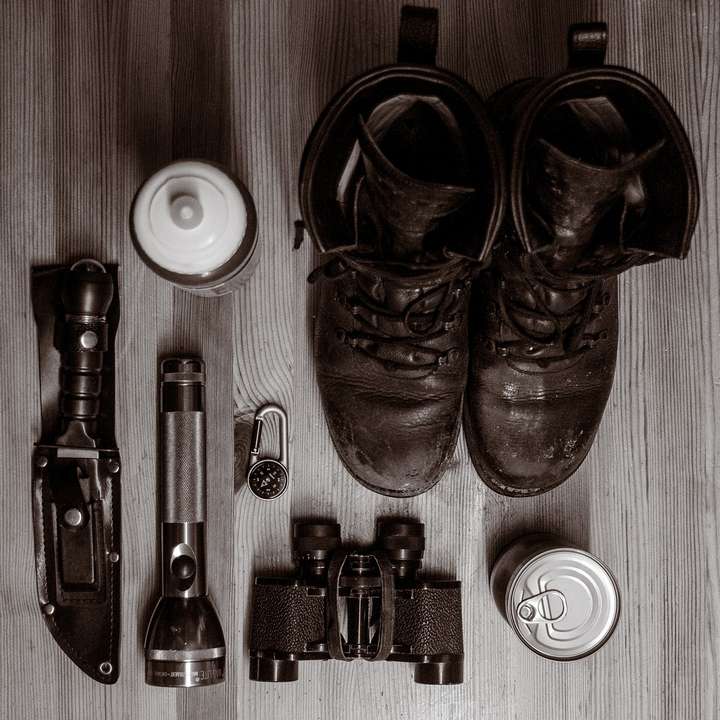Whether you are a renter, homeowner, or DIY lover, there are occasions at home that require you to get handy. There are several common problems at home that you can easily fix if you got the right tools.

Besides, emergencies are inevitable and could strike your home anytime; it is better to be safe than sorry. Learn about the essential tools you need in your house to ensure you are adequately prepared for emergencies.
1. Fire extinguisher
Having a fire extinguisher ready at appropriate places like the garage, kitchen, next to the fireplace, and the corridors should be no brainer. An all-in-one fire extinguisher protects your home and family in case of a fire outbreak.
A Multi-purpose extinguisher is the ideal protection against common combustible, electrical, grease, or gas fires. Besides, if you have an extinguisher in your home, your home insurance provider will offer better rates in the event of a fire.
2. Carbon monoxide alarm/detector
Carbon monoxide is a leading silent killer in most homes, and it is colorless and odorless, making it difficult to see or smell. Due to this, it is vital to have a carbon monoxide detector to alert you of rising gas levels in the house and give you enough time to move out to safety.
Due to the availability of different types in the market, it is advisable to choose better types considering many factors like a battery backup, plug-in option, or efficiency. Having a plug-in option means that it can be installed anywhere. For instance, if you are traveling, you can have it in your hotel room or any other place you reside.
3. Power bank
In this era where people rely on mobile phone information, emergency contact, and directions, having a dead battery can cause anxiety and delay calling for help during emergencies. A power backup will make you avoid such scenarios by keeping your phone on around the clock.
A portable power bank is a good option since it fits in your pocket and charges the phone and an array of devices. It is ideal for road trips, camping, and when you leave home without charging your gadgets.
4. Fire escape ladder
It is important to have a plan in case of emergencies. Through offering CPR First Aid, you will save the life of your family members by creating an escape route during fire outbreaks or other emergencies.
An escape ladder can easily get through upstairs windows, the basement, or any established exit routes. Take your time and choose a better option that can be stored compactly in a corner, a closet, or under the bed and can also be deployed faster.
5. Ground floor circuit interrupter
Though electrocution can be assumed to be a hazard for storm chasers and electric company wiremen, it is a common occurrence at home and responsible for several deaths globally.
Most domestic electrical systems, like an appliance and even in-pool lighting, can have a fault and cause electrocution if not detected immediately.
Installing GFCI outlets in your electrical systems is the best way to ensure safety against electric shocks at home.
These detectors monitor any variations in currents flowing in and out of the circuit and shut off the current instantly if there is a flow above the set standard hence saving lives.
6. Gas and water shut off tool.
The ability to efficiently and promptly turn off gas and water supplies during a disaster can save lives and prevent the condition from escalating. A multipurpose utility shut-off tool can help you cut supplies, gas, and water mains in the house, pry open windows and doors, and search through rubbles.
Keep this tool close to your gas and water mains. Hopefully, you might not need it, but you will be adequately prepared when you do.
Conclusion
As always, prevention is better than cure. And because you will never know when an emergency strikes, it is best to be prepared rather than sorry.
To help you escape emergencies and prevent escalation, ensure you have lifesaving tools like fire extinguishers, ground floor circuit interrupter, water/gas shut-off tool, and an escape ladder. Keep your phone charged consistently with the help of a backup charger to enable communication during a disaster.

